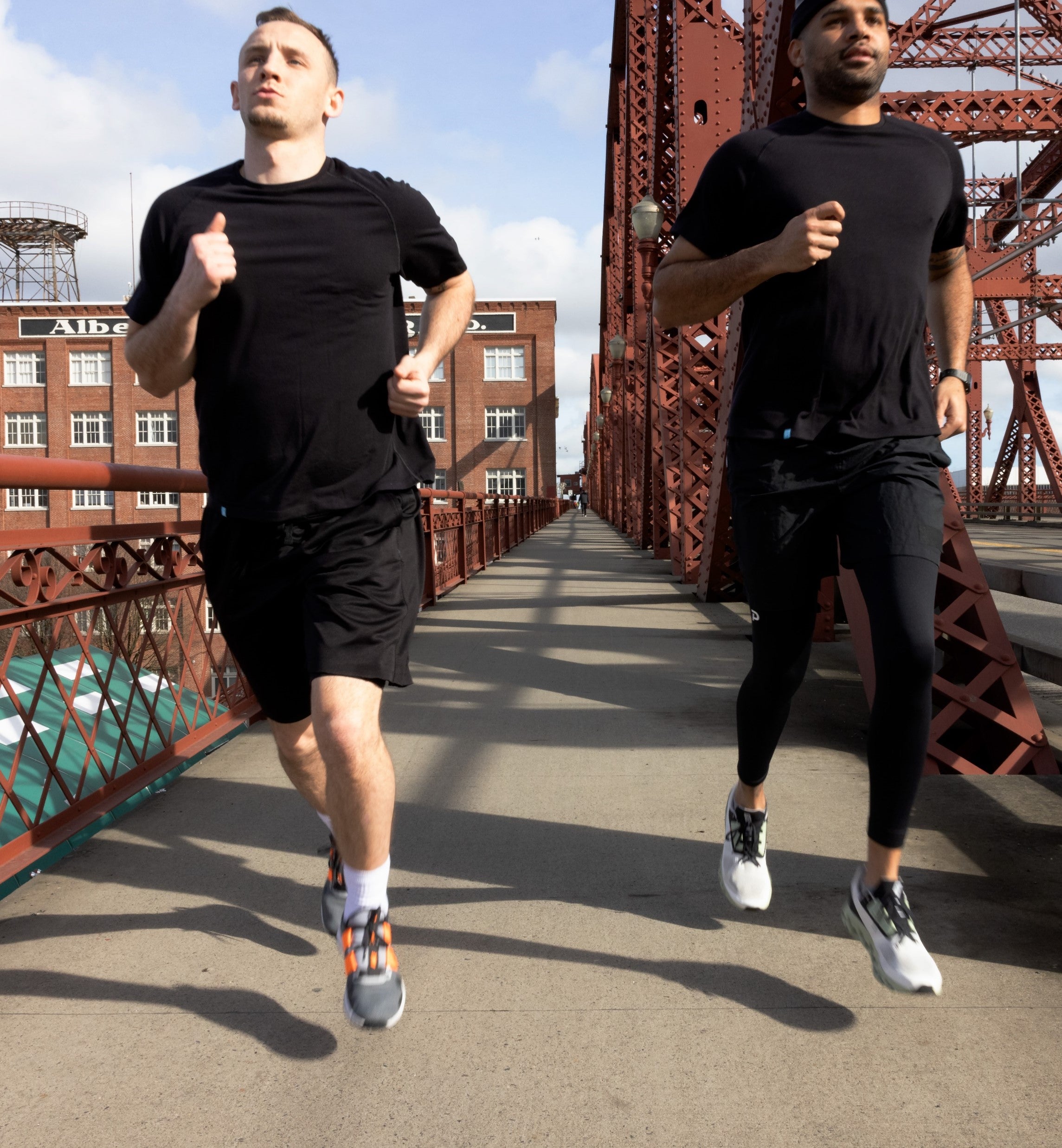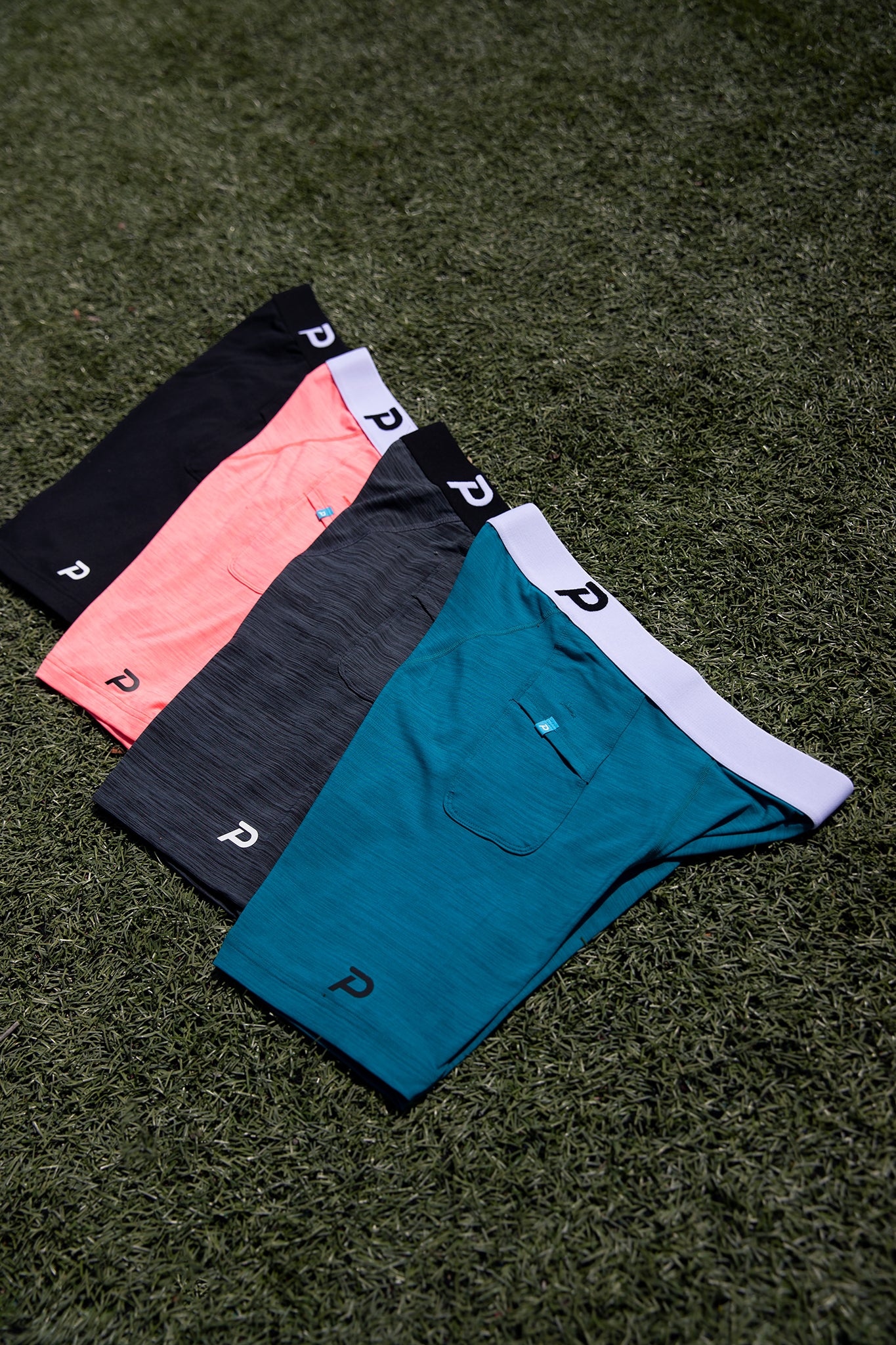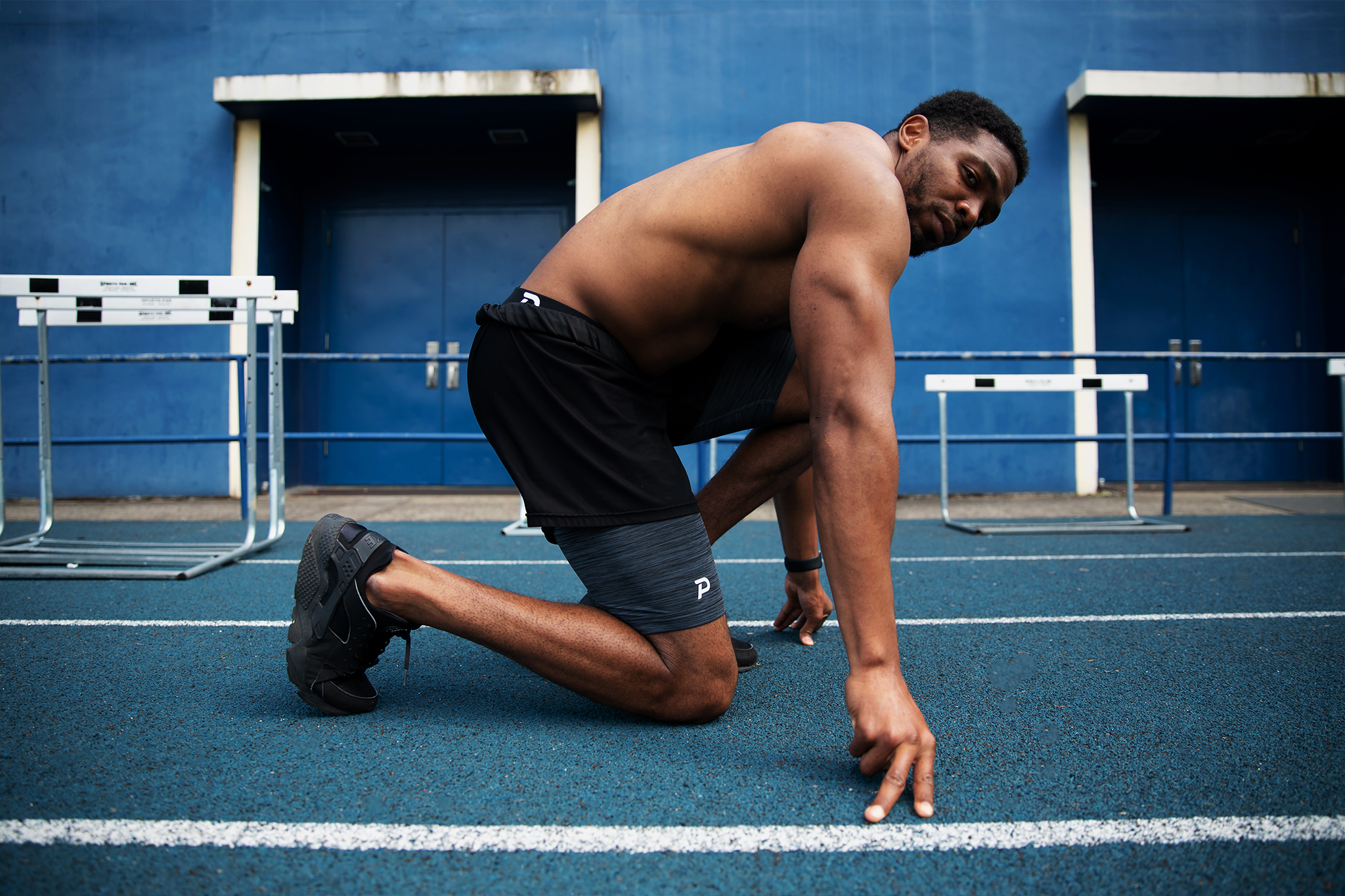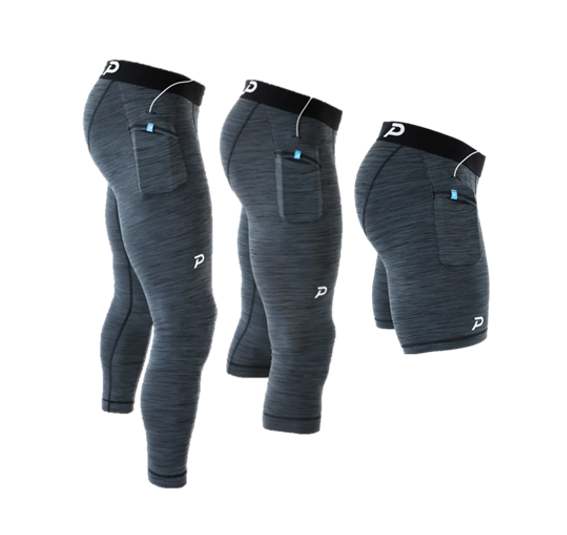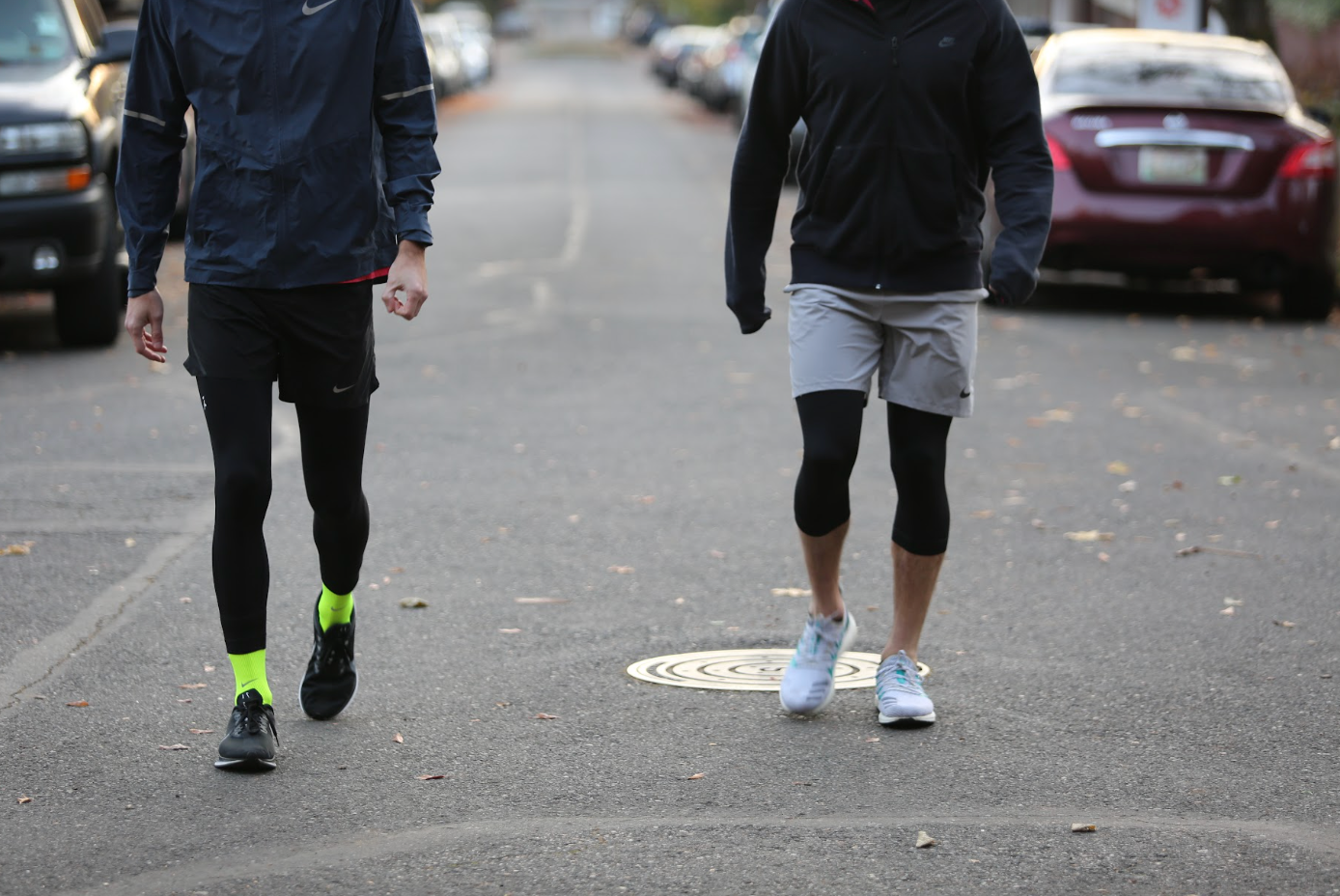
The Facts of Compression Apparel: How It Works and Why It Matters
The Facts of Compression Apparel: How It Works and Why It Matters
Pac Fam,
We’ve been focused on making the most comfortable compression shorts for nearly a decade, by no means are we here at Pacterra Athletics medical professionals or create medical products. However we do believe in the training benefits of compression and want to help shed light on what it means in apparel and how to navigate current market products. Below is a high level overview of the perceived benefits, the different levels of compression and a brief history at the end for those interested.
Broadly speaking there have been many studies over the years to support the benefits of using compression in training. The gist is; by applying pressure on the muscles this reportedly increases blood flow and reduces muscle vibration. The effect, in theory, is that oxygen is more quickly distributed to muscles to help speed up recovery and reduce fatigue.
If nothing else, qualitative Athlete data notes that the feeling of “locked in” support generally creates an enhanced training and recovery experience.
Athletes have been looking for an edge in performance for years. In todays world compression is a piece in the larger puzzle of wellness and recovery. Below is an overview of the difference in compression levels, and how to measure.
GRADES OF COMPRESSION
Compression apparel comes with different intensity levels, ranging from mild to extra-firm. The level of compression is measured in millimeters of mercury (mmHg), which is the same unit of measurement used to measure blood pressure. Here are the different levels of compression and their corresponding mmHg measurements:
Mild Compression (8-15 mmHg): Mild compression is the lightest level of compression and is often used for recovery and general comfort. It provides a gentle pressure that helps to reduce swelling and improve blood flow. Mild compression is suitable for athletes who are not looking for a significant improvement in performance but want to enhance their recovery.
Medium Compression (15-20 mmHg): Medium compression provides a moderate level of pressure, which can help to improve endurance and reduce muscle fatigue. It is suitable for athletes who engage in moderate-intensity activities and want to enhance their performance.
Firm Compression (20-30 mmHg): Firm compression provides a higher level of pressure, which can improve muscle recovery and reduce muscle soreness. It is suitable for athletes who engage in high-intensity activities and want to enhance their performance.
Extra-Firm Compression (30-40 mmHg): Extra-firm compression is the highest level of compression and provides a very high level of pressure on the muscles. It is suitable for athletes who engage in intense activities and want to enhance their performance.

A FEW TAKEAWAYS
FIRM to EXTRA FIRM COMPRESSION
Medical grade products, which are most commonly socks, are in the range from 20-30 and 30-40 MMHG and require FDA approval. There are apparel brands that sell products in the 20-30 MMHG range, but do not firmly claim medical benefits.
While there are medical grade products available over the counter for purchase, the majority do require a prescription. As a PSA – if you do have any medical conditions and are looking for mass-market products as a solution, your doctor should be consulted.
MILD to MEDIUM COMPRESSION
Considering what we know about compression we will add context through a Pacterra lens. As an example our Middy compression falls in the range of 15-20mmHg. Our products are in the medium range of compression designed for support in athletic use. This is typically where the majority of the market lands.
There are several compression wear companies existing in the market that do offer the upper range of compression 20-30mmHg and above. The most notable being 2XU.

THE HISTORY
For those interested below is a very high level overview of the history of compression in Apparel.
The use of compression in recovery has been dated back to ancient times in Egypt, Greece and Rome where bandages and wrappings were used to aid circulation and healing.
While records are sparse, the first compression stocking was reportedly created in the 1800’s in Germany to treat ailments relating to venous insufficiency. This was the starting point that led to further developments in the 1940’s where gradient compression stockings were created. Intended to help prevent blood pooling and clot formation, especially in post-surgical and bedridden patients.
Then in the 1970’s athlete’s began experimenting with Compression to aid muscle recovery and reduce swelling. This then led to a larger boom in the 1990’s where compression gear became popular in endurance sports, particularly among runners and cyclists, due to its claimed benefits for circulation, muscle support, and fatigue reduction. Then finally in the early 2000’s is where we see the products we have come to know today, where brands like Nike and Adidas began making mass market compression for Athletes.
That concludes the high level overview of compression apparel. Thanks for tuning in and happy training!
- The Pacterra Athletics Team
